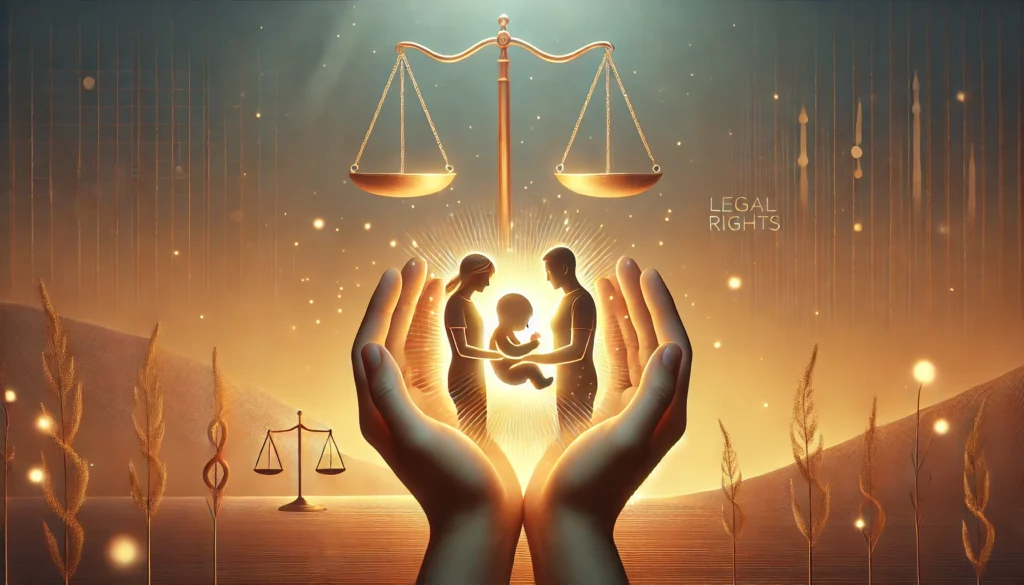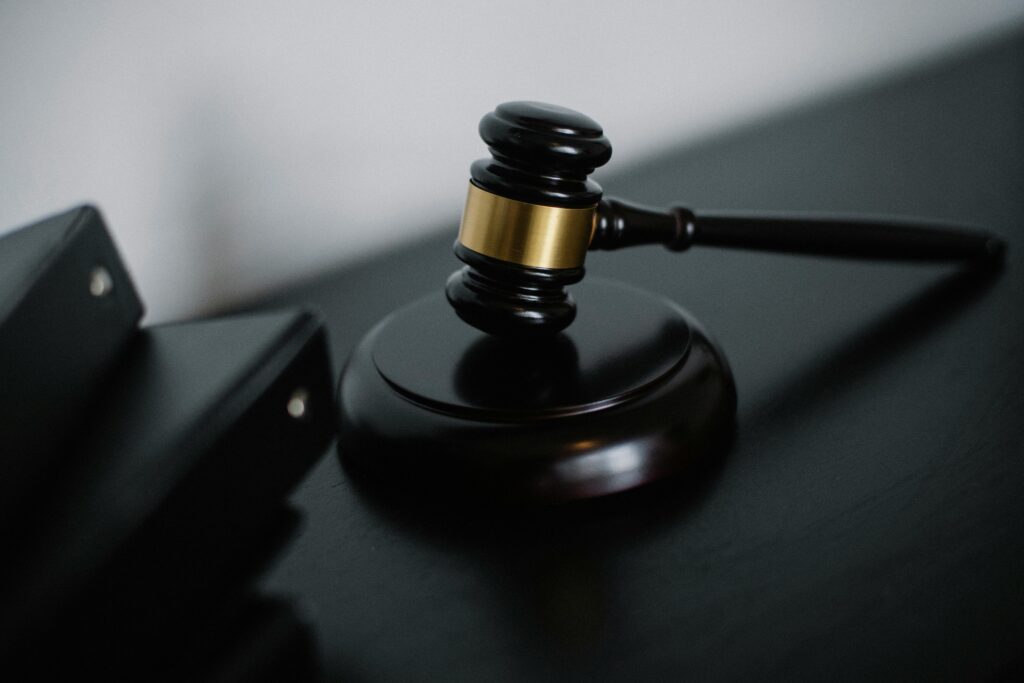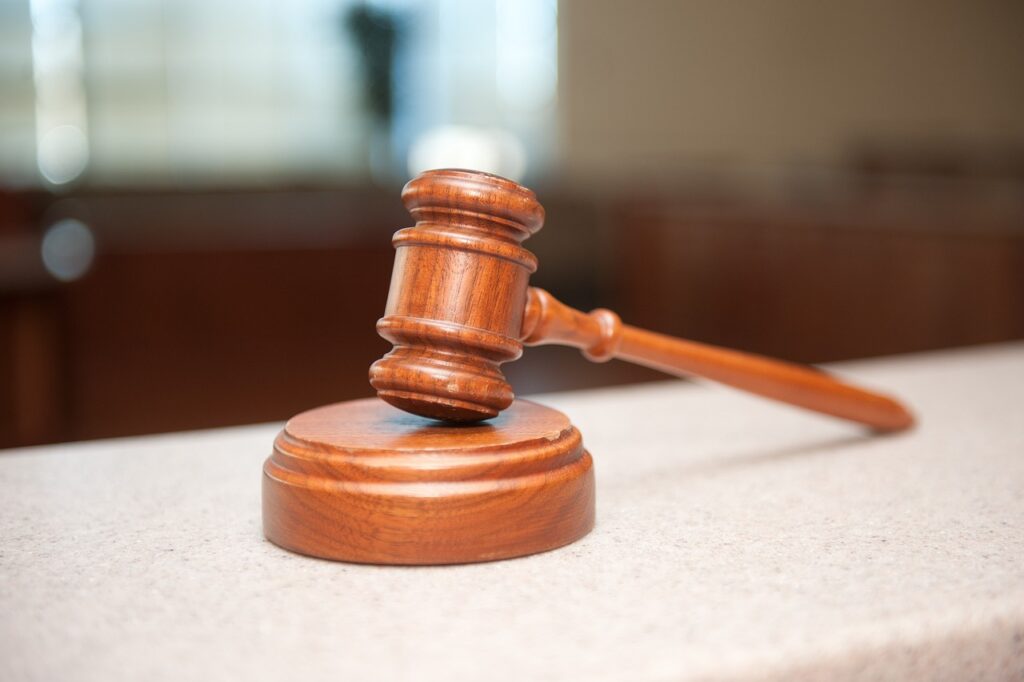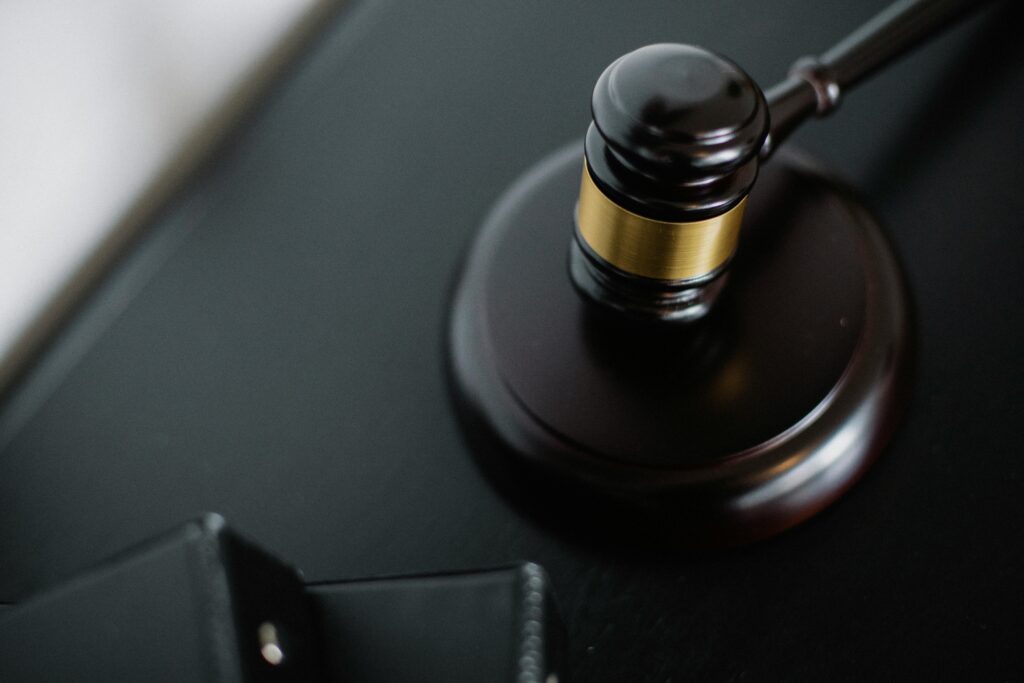Published on 6th February 2025
Authored By: MAGIZHINI M
The Tamilnadu Dr. Ambedkar Law University, School of Excellence in Law
ABSTRACT
Debate and questioning have their worth when they truly need to be answered. The thing to be considered loses its worth when multiple subjections are put against the same matter of concern. One such subject which predominantly vests itself in the spectrum of questioning is the Freedom of speech and expression. How the freedom is the freedom of speech and expression? The larger nature of that part of social media which is considered to have its hand in the regulation of social media is the freedom of speech and expression.
After many judicial pronouncements had established their say and the base nature of it which had been provided in the supreme document of legal acumen, the Indian Constitution, the freedom of speech and expression is a fundamental right under Article 19(1)(a). This freedom started to have its turbulence, with the evolution of technology and the increase in the usage of social media, which demands a regulation that is mandated for the protection of one or the another. The Indian Constitution protects the citizen’s right to his expression. The growth of social media has diversified the avenues that are available for a person to put out his viewpoints. Non-regulation would result in menace, irreversible, in the forms of hate speeches online, dissemination of fake information, etc., The regulation on its introduction, faces the perils of suppressing the freedom vested. The study sought to acknowledge the ‘x’ factor which stands as the scale of balance in protecting one’s rights and regulating social media.
INTRODUCTION
“To be free is not merely to cast off one’s chain but to live in a way that respects and enhances the freedom of others.”
-Nelson Mandela
Social media has become an integral part of every person’s social life.[1] Many started to believe that the source of the best of social life and the connection with the outer world is social media. It has been remarked to be the ‘world in the palm of your hand’. It has turned out to be that source that is sought as the true giver of all sorts of information. It is multi-faceted, social media is a blend of technology, communication, music, images and at the supremacy, the primary source of social interaction. Social media is broad, vast and huge to include everything into its scope and consideration. It is this vagueness provided by the unprecedented and unrestricted scope of social media, which makes it both the bane and the boon.
Social media has been defined by Caleb Carr and Rebecca Hayes as “internet-based channels that allow users to opportunistically interact and selectively self-present, either in real-time or asynchronously, with both broad and narrow audiences who derive value from user-generated content and the perception of interaction with others”.[2] The definition of social media would make one believe that this is something so complex in its application. The modern-day application has proved it be one, made complex through its definition but easier in its application. Social media is too social, everything that is considered to be an element of human society is an element of social media too. When the plot of a subject thickens, so do its problems and the invited turbulences. Social media is not negative, but it has the scope to be made negative. The main pillar of the negative effect is how the freedom of speech and expression is handled.
Freedom of speech and expression is the heart of democracy and the pivotal factor for effective governance. It is the cornerstone of a democratic country, but the way they are to be sewn into cloth by the positive exercise of the right is shaped by the outlines provided by the regulations and legislations. Breaking barriers would be the result of negative digital winds, staining the fabric with hate and discord. What if there is a broken barrier in its inception, nothing to break or pass through, and the result is the creation of menace made easier? Navigation of the barrier that would put a stop to the unbridled flow of uncontrolled thoughts would serve as the solution. The digital realm has been viewed as the eye of caution in modern Indian society. Article 19 stands as the beacon, guiding thoughts, aspirations, and voices of countless citizens. Thus they could never be left alone for addressing some other consideration. The impact is social media is optimistic and pessimistic, as no subject is utopian, there should be a parlance brought between the promise and the peril.
THE ENTAILMENT TO REGULATE SOCIAL MEDIA
The face of concern is not on the line as to why the freedom of speech is being exercised. But it has turned into an issue, and welcomes a solution to be sorted when those who are to make themselves responsible, take advantage of the uncontrolled platform and use the platform as the pawns for their play. The misuse by one causes the presumption of misuse by many, and doors shut, the regulation thereby suppresses the inalienable right of the citizens as a whole without a line of distinction drawn between the makers of constructive criticism and the menace-creators.
This is a forerunner in social media, the freedom of speech and expression. The curtailment of the right of the speaker thereby restricts the right of the listener. Any person is free to post anything to any sort of audience, no restriction shall bind them, and there should be no person who would be harmed by their sentiments due to the thing that had been posted.
Regulation of social media is one of the most controversial subjects in the world eternity, it is due to the following reasons,
- The existence of social media is transnational, it is not that which is restricted to any one country, the communications are cross-border which makes it difficult to be regulated.
- Different countries’ social media represent different cultures, an umbrella legislation is the hardest one to accommodate the diverse social media culture, where regulating a set of people within the country had itself proved difficult.
- The awareness among all the users as to the disregard of social media is inviolable. Modern culture has proven social media to have been made accessible to even children below the age of 18. They could not be expected to know every nuance of peril within the use of social media, where many grownups had found it a difficult sect to master. Who would be vested in the responsibility and liability is the matter of question in the application of any law or regulation.
- The law should be made with the inclusion of the concerns of every user of social media, which is the most difficult thing to garner considering the mass size of the users of social media, even within a country there exists millions of social media users.
The difficulties in the formation of a regulation may seem many, but ultimately the need for legislation in this aspect is essential because:
- Self-regulation would never serve as the best regulation, every system should be mandated by a system of checks and balances.
- The media, which is considered to be the fourth pillar of democracy, needs legislation to work in the interest of the general public efficiently.
- Social media acts as the mirror of society which shapes the opinion of the users and it has the capability of shaping public opinion.
- To prevent the spread of misinformation, which would be deemed detrimental to society as it has the vicinity to create hatred among the citizens based on the information, that involves the factor of sensational importance.
SOCIAL MEDIA: WHO IS RESPONSIBLE?
“Freedom of Speech is not a license to abuse. It is a responsibility.”
– Abdulai Mansaray
USER PRIVACY: THE QUESTION OF PROTECTION
When social media had been made so integral for the existence of a person, both personally and professionally[3], the necessity of a regulation balancing the freedom of speech and the potential harms that social media would lead to, had been recognised as an apparent need. Especially when the information that is posted or spread is concerned about a particular person without concern for the person to whom the news relates. Data breaches have been vitalized as one of the main problems in the arena of social media as this leads to infringement of the right of privacy of a person. Easily, every platform available online collects all the personal information of the users, and the database thereby stored with the server, is liable to be proliferated, resulting in data breaches by third parties. Regulations should be made in a way where the users are vested with control over their information and consequently, the platforms which collect the data should be made accountable for the protection of the data.
HATE SPEECH AND FAKE NEWS
“Freedom of Speech should be wide open as long as it doesn’t incite violence”.
-Mike Leach.
Hate speech and misinformation are two of the major issues prevalent in the sphere of social media. Hate Speech is never equivalent to the freedom of speech. Harmful and abusive content is the main issue pressing the walls of efficient control over social media. It is pressing so hard. Yet, the non-availability of a restriction or regulation has led to the uncontrolled dissemination of information which is violent, inhumane and prejudicial. The entirety of social media has seen major turmoil concerning hate speech especially containing the matter of religion and causing hurt to their religious feelings and faith. The control of such actions would lead to a safer and more inclusive digital environment.
The crucial cause of the dissemination of misinformation has now raised claims objectifying the standards of transparency and accountability. Information spread can shape the opinions of the public and lead to disturbances to public tranquillity. Fact-checking mechanisms, or special visibility or marks towards the true and reliable information would serve better, and pave the way towards protecting the spread of only the truthful information.[4]
The other part held problem under regulation that should be formed for social media, is who the person should be held liable against. If regulation had been framed and brought into practical application, the person on whom the law would bind is the main question of concern. The law is controversial in deciding on the matters of jurisdiction, the person held liable in the case of some unlawful activity committed online by children, and ultimately what would constitute the offence under the social media regulation, whether it will be restricted to that of hate speeches and dissemination of false information alone or it would be extend it many other faces of offences.
The concern which could the termed as the new-age concern, is the issue of censorship over the content posted and disseminated through online platforms. The primary concern is that all that information spread through the films, or such to the public is processed through the respective censor boards, whereas the restrictions in the social media platforms seem to be inadequate in alignment with the factors of efficiency.
REGULATORY FRAMEWORK
The right to freedom, as encompassed under the Indian Constitution is a fundamental right. With due consideration that has been provided, the Indian system has had a comprehensive set of laws about carving the standards for the regulation of media,[5]
- The Cable Television Networks Regulation Act, of 1995 provided standards for the television channels in India. It established the codes for the cable television networks within India.
- Under the Press Council of India Act, of 1978, the Press Council of India provides journalistic standards. However, this was focused on the print media and ensured the usage of unethical practices. This created a compatibility between the freedom of speech and the accountability of the individuals towards which they disseminate.
- The Indian Broadcasting Foundation created the Broadcasting Content Complaints Council aiming at consumer satisfaction and addressing the complaints made by consumers about the content made by television stations.
- The Telecom Authority of India makes viable the entirety of the telecommunications industry, providing mandates for fair competition and high-quality services ensuring consumer satisfaction.
- For the first time, through the Information Technology (Intermediary Guidelines and Digital Media Ethics Code) of 2021 which was farmed under the Information Technology Act, of 2000, the regulations were extended to that of social media intermediaries, OTT (over-the-top) platforms and digital news providers. It provided the consumer grievance and redressal procedures and content regulation guidelines.[6]
The right to freedom of speech and expression was never suppressed to maintain the better regulation of social media platforms. Self-responsibility was sought and placed in a superior position to strike a balance between the promise and the peril.
CASE LAWS
Anuradha Basin vs. Union of India[7]
The involved the freedom to internet accessibility during the proclamation of emergency in the state of Jammu and Kashmir, where the internet facility was paused to prevent the spread of violent information which would lead to mishaps within the state and disburse the peace and tranquillity of the state. In this case, the Supreme Court provided that the right to the Internet had been encompassed as one of the integral parts of the freedom to speech and expression under Article 19(1)(a) of the Indian Constitution. The shutdown of the service should be supported by the tests of proportionality. This was decided on the consideration that the internet is used to access social media which is used to express the right/freedom of speech and expression.
Faheema Shirin RK vs. State of Kerala and Others[8]
The High Court of Kerala assessed the resolutions made by the United Nations Human Rights Council that emphasized the importance of the Internet for accessing information and educational aspects and recognized the right to the Internet as one integral part of Article 21 of the Indian Constitution and added that this right is crucial in the structurization of the framework of Freedom of Speech and Expression in the modern-day world.
CONCLUSION
When any matter of legal consideration opens the question on Article 19 of the Indian Constitution, particularly the freedom of speech and expression to strike a balance with some other issue of crucial importance, it would involve the multi-faceted approaches and tests put against it, to draw a conclusion. The solution or the conclusion is never a word on issues mentioned aforesaid, it made measures towards the balance of all that which is concerned and resulted in regulations and guidelines.
One such significant measure in the realm of regulation over social media platforms was sought out by the Information Technology (Intermediary Guidelines and Digital Media Ethics Code), 2021 which was made with the object of curtailing the dissemination of false information in digital news media and on the OTT platforms to streamline the information and protect the users from injurious and harmful content. As other attempts were made earlier, these regulations were questioned on the grounds of constitutionality as it was seen as an inordinate measure on the part of the government to curtail the freedom of speech and expression. The controversies are yet the same, necessitating the judiciary to act when some matter of concern germinates, instead of settling down at some regulation or legislation.
REFERENCES
[1] Sulagna Talukdar, ‘Regulating Social Media Platform: Balancing Free Expression and Responsibilities’ (The Amikus Qriae) <https://theamikusqriae.com/regulating-social-media-platform-balancing-free-expression-and-responsibilities/> accessed 20 December 2024
[2] Caleb T. Carr and Rebecca A. Hayes, ‘Social Media: Defining, Developing, and Divining’ (2015) 23 Atlantic Journal of Communication 46–65 <https://doi.org/10.1080/15456870.2015> accessed 20 December 2024.
[3] Lawvs, ‘The Implications of Social Media Laws: Balancing Freedom and Responsibility’ (LAWVS 26 October 2024) <https://lawvs.com/articles/the-implications-of-social-media-laws-balancing-freedom-and-responsibility> accessed 20 December 2024.
[4] Lawvs, ‘The Implications of Social Media Laws: Balancing Freedom and Responsibility’ (LAWVS 26 October 2024) <https://lawvs.com/articles/the-implications-of-social-media-laws-balancing-freedom-and-responsibility> accessed 20 December 2024.
[5] Pathak, C.C., ‘Regulated Social Media in India: A Study of Media User Perception’ (2023) 4(1) MediaSpace: DME Journal of Communication <dmejm.dme.ac.in> accessed 20 December 2024
[6] Ibid
[7] Anuradha Basin vs. Union of India, (2020) SCC OnLine SC 25
[8] Faheema Shirin RK vs. State of Kerala, AIR 2020 KERALA 35




